Cao Bang, located in northeast Vietnam, is a hidden gem with stunning landscapes, rich history, and vibrant ethnic cultures. From Ban Gioc waterfall to winding mountain passes, it offers adventure and tranquility in equal measure. Join Frontier Travel Vietnam for an unforgettable journey through Cao Bang’s breathtaking landscapes and hidden wonders.
.png)
Is Cao Bang, Vietnam worth visiting?
Absolutely! Cao Bang is one of Vietnam’s most breathtaking destinations, known for its unspoiled natural beauty, rich history, and unique cultural heritage. Located in the country’s northeast, Cao Bang is home to majestic waterfalls, karst mountains and ethnic minority communities that preserve their traditional lifestyles.
What is the weather like in Cao Bang, Vietnam?
Cao Bang experiences a subtropical climate with four distinct seasons:
- Spring (March - May): Pleasant weather with mild temperatures ranging from 18°C to 25°C (64°F - 77°F). This is a great time to witness blooming flowers and lush landscapes.
- Summer (June - August): Warm and humid, with temperatures between 25°C and 33°C (77°F - 91°F). This is also the rainy season, making waterfalls like Ban Gioc even more impressive.
- Autumn (September - November): The best time to visit! With cool temperatures (18°C - 27°C / 64°F - 81°F) and clear skies, autumn provides stunning views of golden rice fields.
- Winter (December - February): Cold and misty, with temperatures dropping to as low as 5°C (41°F), especially in the mountains. The mist adds a mysterious charm to the landscape.
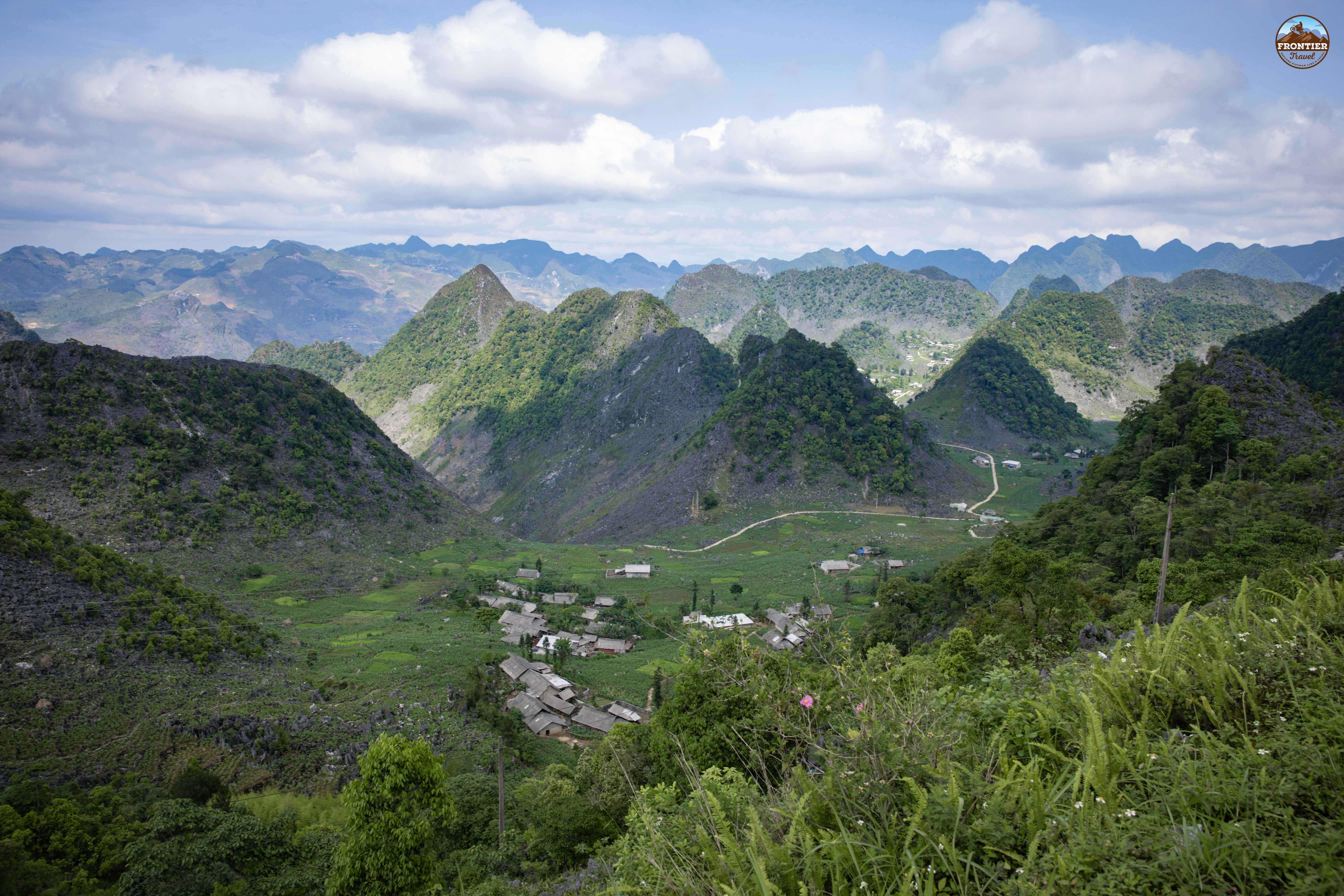
What things to do and see in Cao Bang, Vietnam?
Cao Bang is a paradise for nature lovers, history enthusiasts, and adventure seekers. The region boasts magnificent waterfalls, mysterious caves, historical landmarks, and breathtaking mountain passes. Here are some must-visit places in Cao Bang:
Ban Gioc waterfall
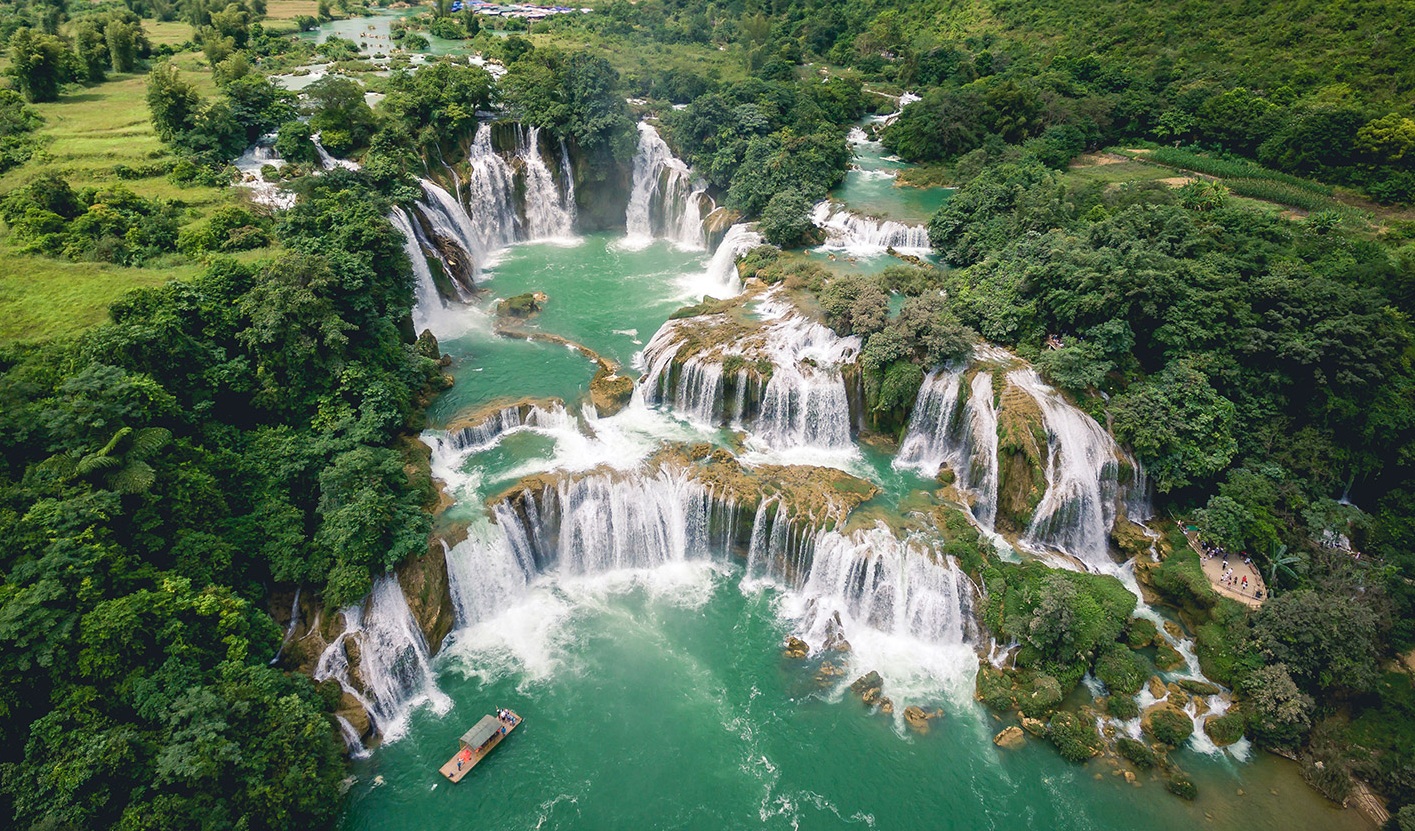
Ban Gioc Waterfall, Vietnam’s largest and most spectacular cascade, is located in Trung Khanh District, Cao Bang Province, on the Vietnam-China border. Formed by the Quay Son River, its turquoise waters plunge over limestone cliffs in multiple tiers, creating a breathtaking natural masterpiece. The surrounding lush forests and karst mountains enhance its beauty, making it one of the most picturesque waterfalls in Southeast Asia.
You can take a bamboo boat ride to get closer to the falls, feeling the refreshing mist on their faces. The area also offers exploration of hidden caves and nearby villages where ethnic communities reside. The best time to visit Ban Gioc is between May and September when the waterfall is at its most powerful, while autumn provides clear skies and golden rice fields, perfect for photography.
Nguom Ngao Cave
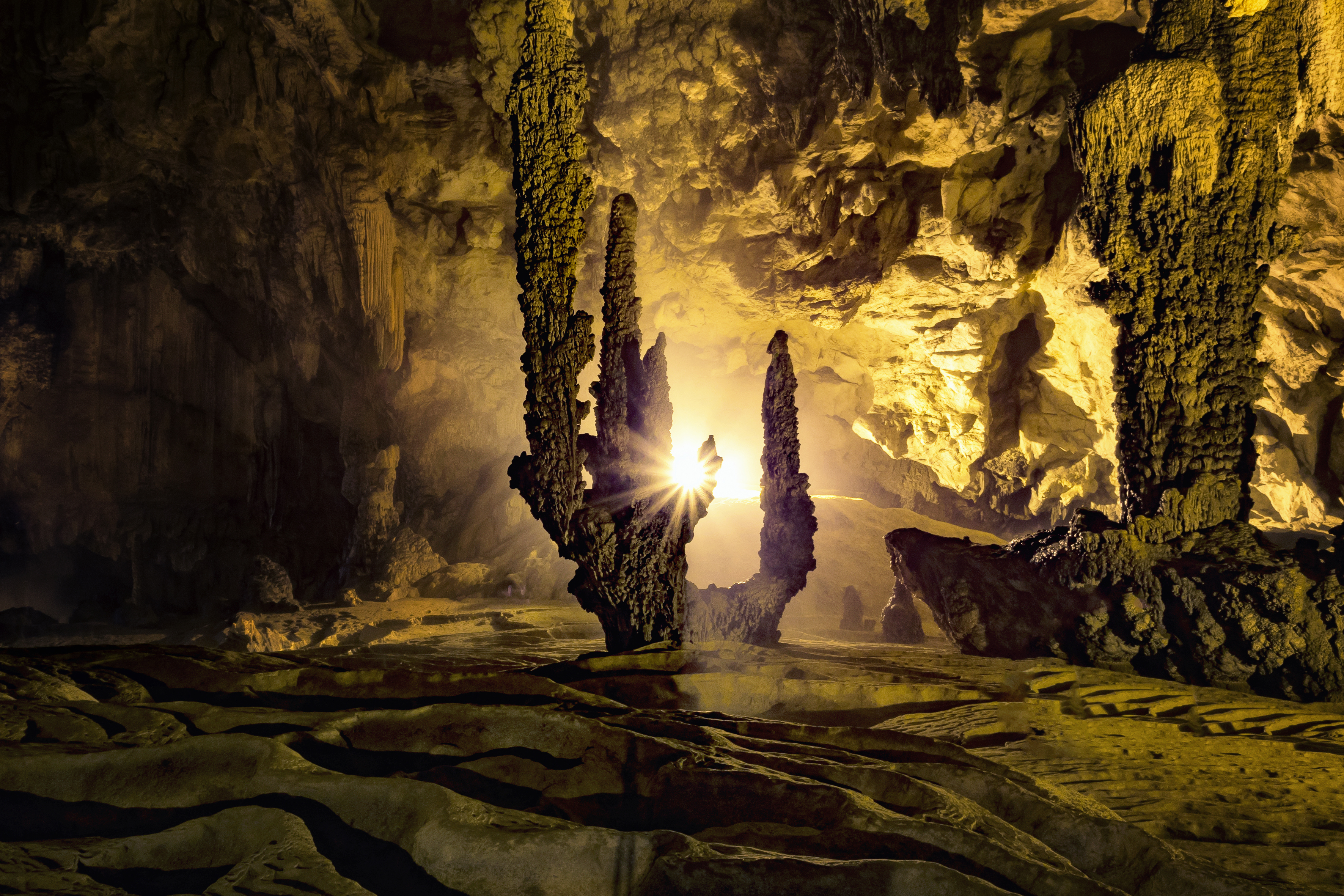
Nestled in Cao Bang’s karst landscape, Nguom Ngao Cave, meaning 'Tiger Cave,' is a mesmerizing underground wonder. This vast limestone cave stretches for kilometers, adorned with intricate stalactites and stalagmites formed over centuries.
Inside, you are greeted by stunning rock formations resembling animals, plants, and mythical figures. The natural interplay of light and shadows enhances the cave’s mystical atmosphere, making every step an enchanting experience. Whether you're an adventurer or a nature enthusiast, Nguom Ngao Cave promises an unforgettable journey into the depths of the earth.
Pac Bo historical site
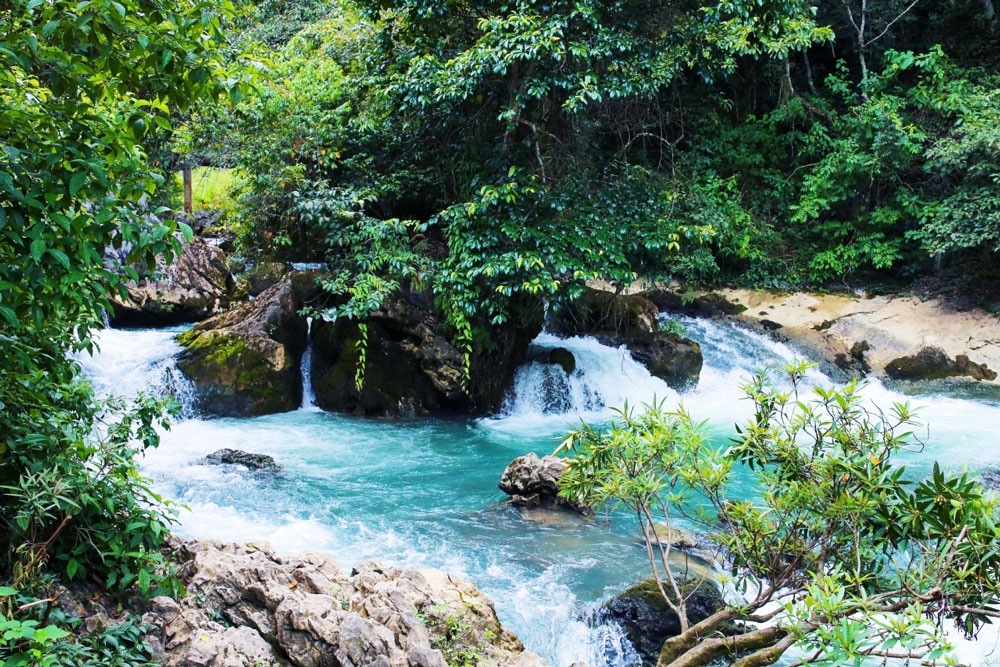
Pac Bo historical site is a place of great historical significance, where Ho Chi Minh took refuge in 1941 while planning Vietnam’s independence movement. Nestled in a tranquil valley near the Chinese border, this site offers a glimpse into the revolutionary past of the nation.
You can explore Lenin Stream, a crystal-clear waterway where Ho Chi Minh used to fish and write, and Karl Marx Mountain, a towering peak named in honor of his ideological influences. The small cave where he once stayed, Coc Bo Cave, remains a preserved relic, allowing travelers to step back in time and witness the humble conditions in which he lived and strategized. Surrounding the site are lush forests and peaceful walking paths, making it not only a historical landmark but also a serene natural retreat.
Me Pia Pass

Me Pia Pass is an adrenaline-pumping mountain road with 14 sharp hairpin curves, making it one of the most thrilling routes in northern Vietnam. It offers panoramic views of rugged cliffs, lush valleys, and mist-covered peaks, attracting both adventure motorcyclists and landscape photographers seeking breathtaking scenery.
For motorcycle enthusiasts, navigating Me Pia Pass is a bucket-list experience, with challenging turns that test skill and precision. The viewpoint at the top rewards travelers with a stunning aerial perspective of the winding road below, a true masterpiece of nature’s artistry. This pass is best explored in autumn when the skies are clear, offering the most spectacular vistas.
God’s Eye Mountain
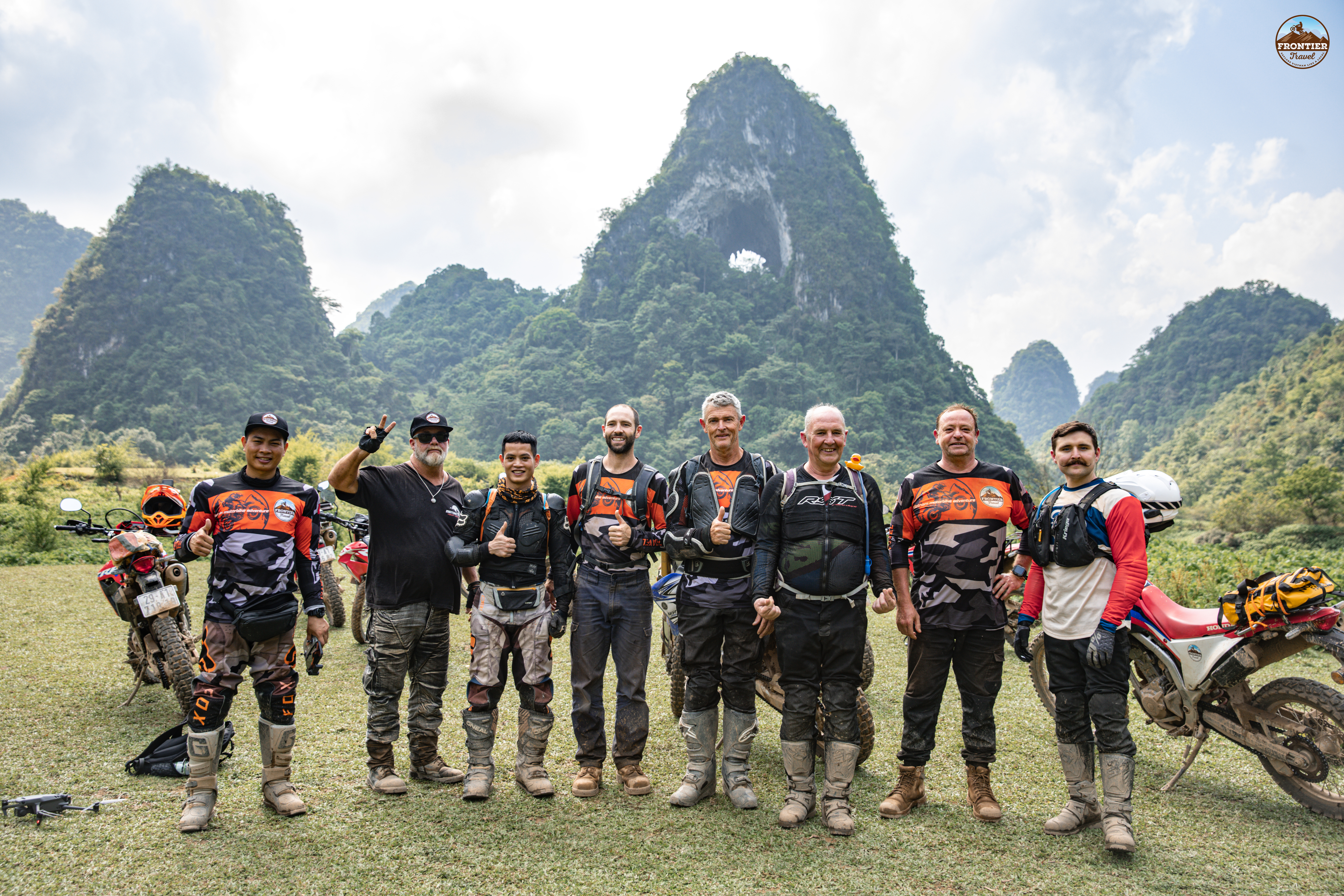
God’s Eye Mountain, also known as “Núi Mắt Thần,” is a remarkable natural wonder in Cao Bang. It is named after its unique circular hole, which looks like an eye gazing over the landscape. This striking karst formation is surrounded by lush green valleys, serene lakes, and towering limestone peaks, making it an ideal destination for trekking and nature photography.
The area around God's Eye Mountain is perfect for adventure travelers, especially those exploring on motorcycles. The winding trails leading to the mountain offer breathtaking views and a thrilling ride through some of Cao Bang’s most stunning scenery. Whether hiking through the valley or camping under the starlit sky, visiting God's Eye Mountain promises an awe-inspiring experience.
Thang Hen Lake
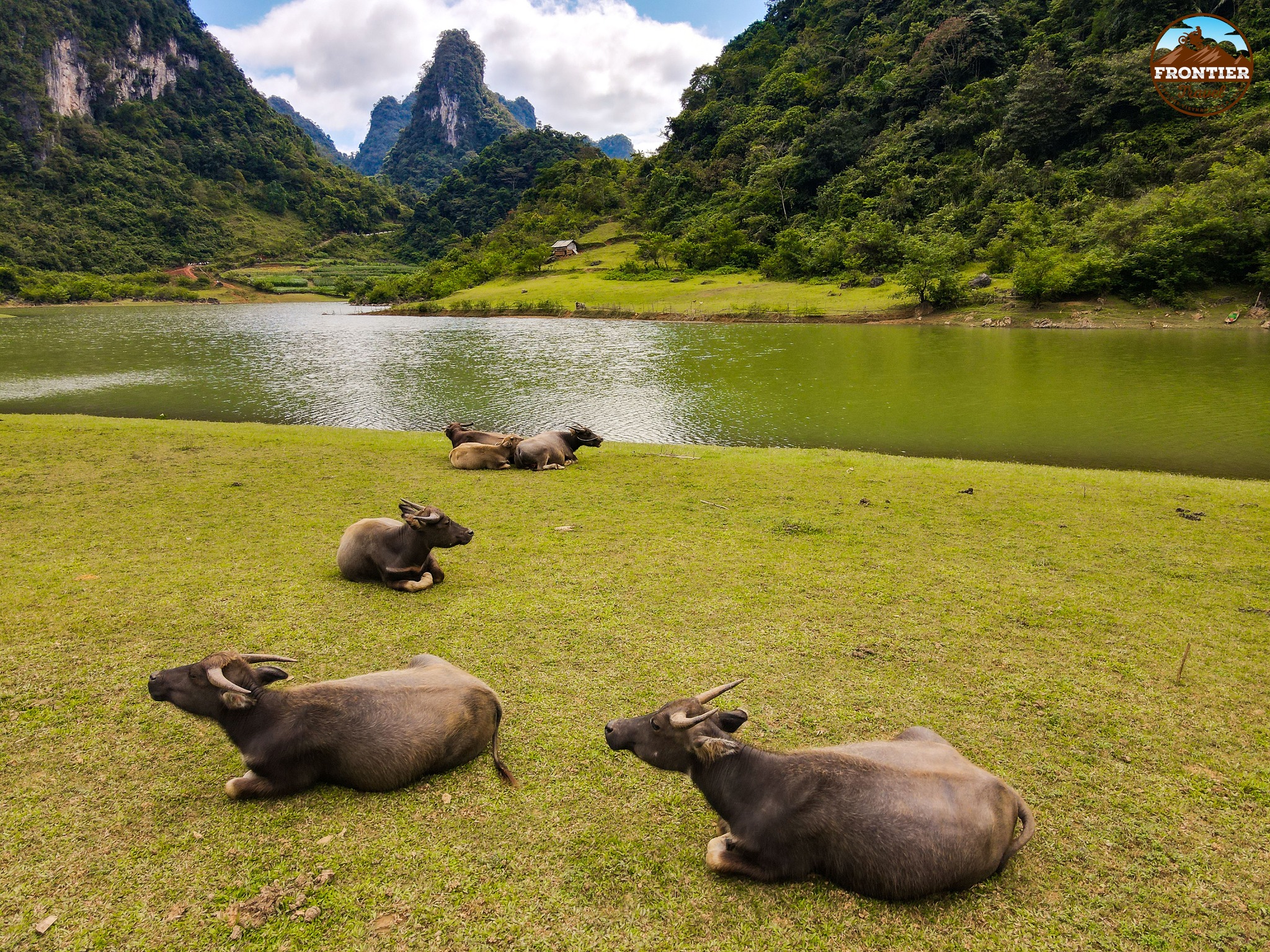
Thang Hen Lake, situated in Tra Linh district, about 30 km from Cao Bang city, is a breathtaking natural wonder nestled among rolling hills and dramatic limestone formations. This interconnected system of 36 small lakes changes water levels with the seasons, creating a dynamic and ever-evolving landscape. The lake’s emerald waters reflect the surrounding cliffs and lush greenery, offering a serene escape for nature lovers and photographers alike. Ideal for a peaceful retreat or an adventurous exploration, Thang Hen Lake is a must-visit for those seeking the untouched beauty of Cao Bang.
Phia Oac - Phia Den national park
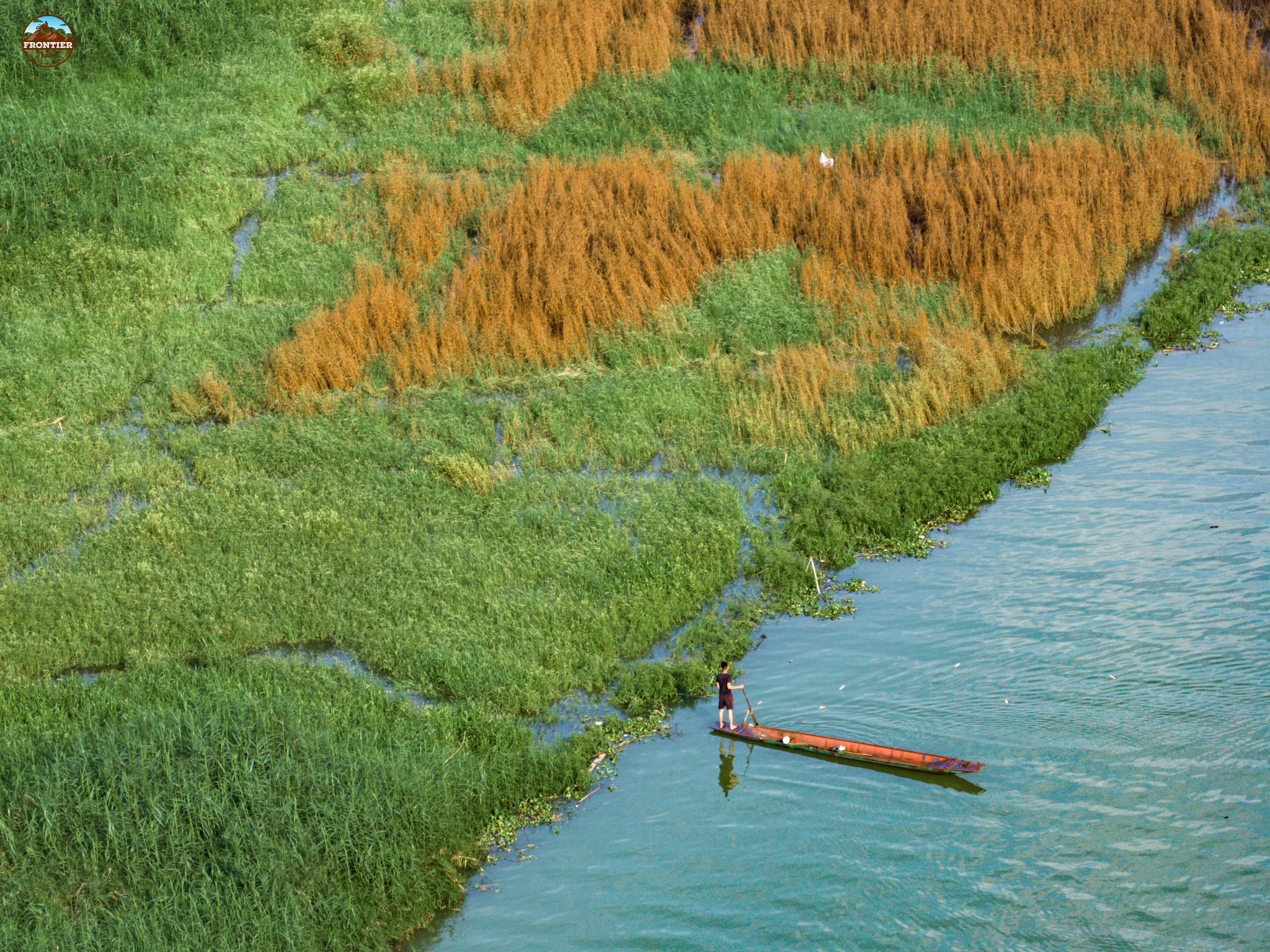
Phia Oac - Phia Den National Park, roughly 70 km from Cao Bang City, is a biodiversity-rich haven perfect for trekking and nature exploration. This protected area harbors rare flora and fauna, including ancient pine forests, diverse medicinal plants, and unique wildlife species. The park’s high-altitude climate creates a mystical landscape of cloud-covered peaks, offering breathtaking panoramic views. Adventure seekers can trek through dense forests, explore hidden waterfalls, and experience the pristine beauty of one of northern Vietnam’s most untouched natural reserves.
Exploring local villages
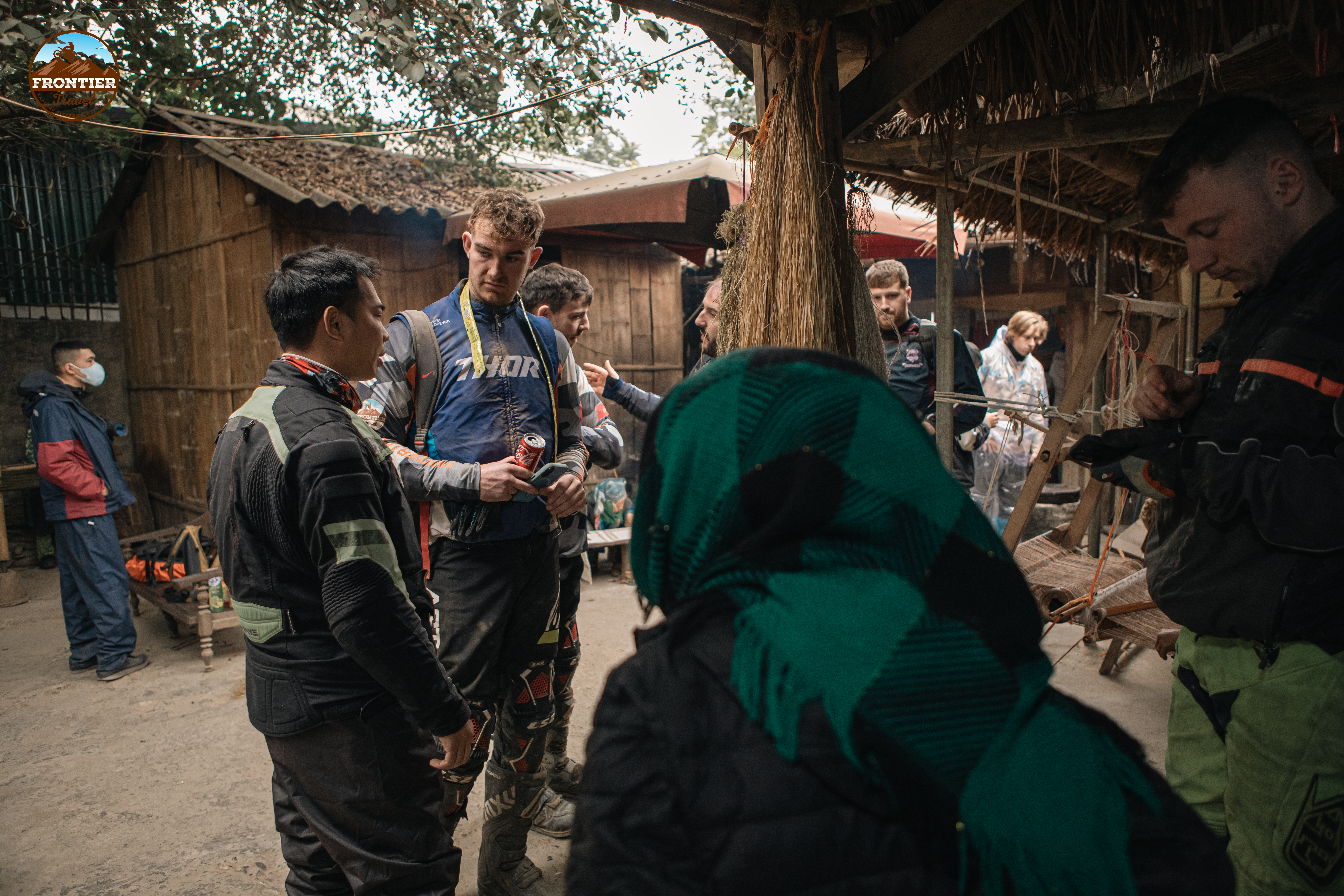
Immerse yourself in the rich cultural heritage of the Nung, Tay, and H’Mong ethnic groups. Discover their traditional stilt houses, admire the craftsmanship of handwoven textiles, and experience their warm and welcoming hospitality. Engage in their daily activities, witness age-old customs, and savor the distinct flavors of their local cuisine.
What to eat in Cao Bang, Vietnam?
Cao Bang’s cuisine is influenced by its ethnic communities. Here are some must-try dishes and the best places to enjoy them:
- Cao Bang Steamed Rice Rolls (Bánh Cuốn Cao Bằng) – Unlike the southern version, Cao Bang’s steamed rice rolls are served with a hot, flavorful bone broth instead of fish sauce. Try it at Bánh Cuốn Chị Hà (Số 5, Phố Cũ, Hợp Giang, Cao Bằng).
- Seven-Spice Roasted Duck (Vịt Quay 7 Vị) – This specialty features duck marinated in seven aromatic spices before being roasted to perfection. Best enjoyed at Nhà Hàng Dân Tộc Quán (Tổ 9, Phường Sông Hiến, TP Cao Bằng).
- Cao Bang Sour Noodles (Phở Chua Cao Bằng) – A refreshing dish combining rice noodles, pickled vegetables, peanuts, and a tangy broth. A specialty at Quán Phở Chua Gia Truyền (84 Kim Đồng, Cao Bằng City).
- Persimmon Sticky Rice (Xôi Trám) – A unique dish made from sticky rice cooked with black persimmons, creating a sweet and nutty flavor. Available at local markets like Chợ Xanh Cao Bằng.
- Cao Bang Smoked Sausages (Lạp Xưởng Cao Bằng) – Traditional smoked sausages made from pork or wild boar, flavored with local spices. Best purchased at Chợ Cao Bằng (Cao Bang Market).
FAQ about Cao Bang, Vietnam
Planning a trip to Cao Bang? Here are some frequently asked questions to help you prepare for an unforgettable adventure. Whether you're wondering about the best travel routes, ideal seasons, or cultural etiquette, this guide will ensure you make the most of your journey.
How do I get to Cao Bang?
Cao Bang is accessible by bus, private car, or motorbike from Hanoi. The journey takes around 6-8 hours by road, with scenic views along the way.
What is the best time to visit Cao Bang?
Autumn (September - November) is the best season, offering pleasant weather and breathtaking golden rice fields. The rainy season (May - September) is ideal for witnessing Ban Gioc Waterfall at its most powerful.
Are there any cultural considerations for visitors?
Yes. When visiting ethnic minority villages, dress modestly and ask for permission before taking photos. It’s also respectful to learn a few basic Vietnamese phrases or greetings.
Is Cao Bang a good destination for motorcycle trips?
Absolutely! With winding mountain passes, scenic landscapes, and off-the-beaten-path routes, Cao Bang is a paradise for motorcycle enthusiasts.

Cao Bang is a land of breathtaking landscapes, rich history, and unique culture, making it a must-visit destination for travelers. Whether you seek thrilling motorcycle adventures, serene nature retreats, or delicious local cuisine, this northern gem has it all. Plan your journey with Frontier Travel Vietnam and uncover the best of Cao Bang’s wonder!







